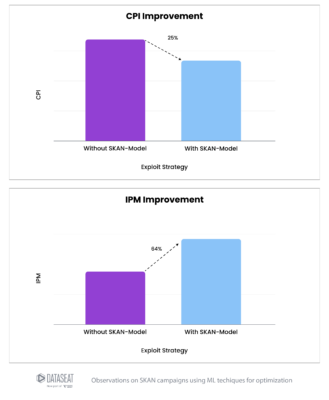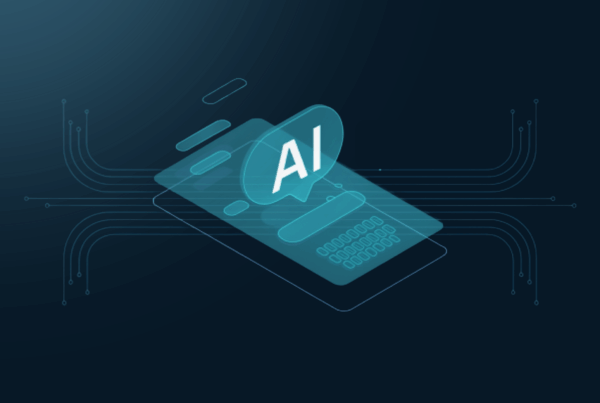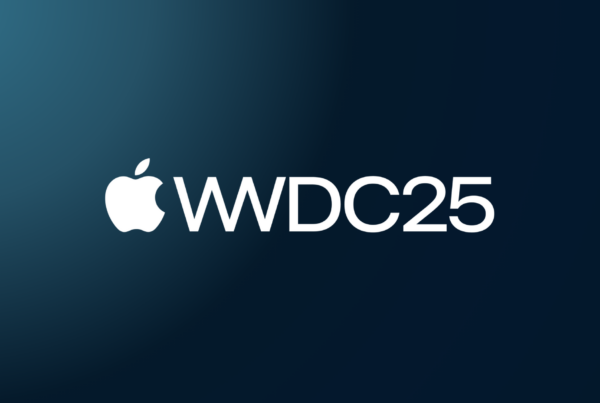Editor’s note: Dataseat has been named so for a reason: data drives AI and machine learning (ML), which are essential to our mobile DSP. We sat with Dr. Matina Thomaidou, Dataseat’s VP, Head of Data Science, to talk about the rise of AI, leveraging data-driven insights for campaign measurement and attribution — and about the specifics of using AI and ML at Dataseat (part of Verve Group).
 Dr. Matina Thomaidou, VP, Head of Data Science, Dataseat
Dr. Matina Thomaidou, VP, Head of Data Science, Dataseat
At Dataseat, Dr. Thomaidou helps shape a leading privacy-first contextual mobile DSP. Prior to joining Verve Group, Dr. Thomaidou worked at Meta (Facebook Ireland / Ad Auction, Data Science, Gaming), IBM Ireland as Data Science Leader for Europe, Accenture Greece, Microsoft Norway, and Ecole Polytechnique in France, leading data science groups.
Campaign optimisation used to be a manual process to a great extent. How has this changed with the use of AI?
Dr. Matina Thomaidou:
AI-driven solutions have brought speed, efficiency, scalability and precision to the campaign optimization process.
Starting from late 2022, we saw the rise of generative AI which is based on providing the right context through prompt engineering and then leveraging it through Transformers, large language models (LLMs), and generative adversarial networks (GANs). GenAI is indeed something very new and can help a lot with the creative lever of campaigns (through generating creative text and images).
But AI and machine learning in advertising are not new. We saw ML models and autonomous auction bidding agents rise years before GenAI.
Combined with the most recent advancements in hardware and cloud infrastructure, AI and ML can do wonders in multiple areas — basically almost in every lever of an ad campaign. To name a few: building the right targeting audiences, performing audience segmentation, making near-real-time decisions in the bidding process using behavioral or contextual signals, personalizing messages in ads, detecting ad fraud (for example eliminating suspicious outliers).
In terms of improving campaign performance and ROI, what does AI enable mobile marketers to do that one couldn’t have done before?
Dr. Matina Thomaidou:
If I could answer with only one phrase that would be: We can reach the right people with the right message in the right context at the right time. I will talk more about these four aspects.
– The right people: AI-driven audience segmentation and analysis enable us to identify highly specific and relevant audience segments based on demographics, behaviors, and interests. This precision ensures that our messages are delivered to those most likely to engage and convert.
– The right message: AI enables the creation of dynamic, personalized ad content by analyzing user preferences and interactions. This means that we can tailor our messages to resonate with each individual, resulting in higher engagement and conversion rates.
– The right context: AI allows us to assess the current context, such as in which app do we currently find the user, location, device, and other contextual signals in real-time. This information helps us match more appropriately the advertised app and make it more contextually relevant to the user at that exact moment. This increases the probabilities to capture the user’s attention and drive desired actions.
– The right time: Real-time decision-making powered by AI ensures that our campaigns can adapt to changing market conditions, externality trends, and user behavior instantaneously. This agility allows us to promote our ads and messages at the most appropriate moments.
Data drives AI solutions. Can you tell us about data collection, analysis, and modelling techniques used at Dataseat for more accurate audience segmentation and targeting?
Dr. Matina Thomaidou:
We collect data from diverse sources. These include the typical internal DSP logs to unlock contextual signals, but we also use external sources that help us categorize apps, for example.
In terms of data preprocessing, feature engineering, and preliminary exploratory data analysis we follow the rule of the data science industry which says that a big amount of time and effort will go there to ensure reliable and robust data. A typical issue with data is the “Garbage in – Garbage Out” rule: even with the most innovative algorithm, you will produce unreliable results without having the right data as input.
Normalization, standardization, and many other statistical techniques are essential to deal with the extremely imbalanced datasets that are well-known in the adtech industry.
We are always experimenting and researching state-of-the-art algorithms, ML, and statistical techniques for our model development phase — dealing more with supervised learning techniques and ensemble models (such as gradient boosting), Bayesian approaches, and recommendation systems. At the same time, we hold regular team meetings with our business and product cross-functional partners whose domain expertise is fundamental in generating pioneering ideas.
Any specific challenges originating from Dataseat’s privacy-first approach? The choice to rely on SKAdNetwork (SKAN) for campaign measurement must be an exciting one for a data science team.
Dr. Matina Thomaidou:
There are a whole set of unique challenges. We have the typical battle of probabilistic vs. deterministic attribution and what data we can trust. At the same time, we need to decide which methodologies will provide us transparency and visibility at more granular levels.
We also have to deal with the issue of data fragmentation. Programmatic advertising data is often fragmented across different platforms and vendors, making it difficult to get a holistic view of campaign performance and identify areas for improvement. It gets even more complicated as with SKAdNetwork and deterministic attribution we need the exact opposite: data consolidation.
The limitations of SKAN data pose a challenge when we need to surpass privacy thresholds to be able to capture and measure appropriate signals.
This is where appropriate ML, statistical and AI models come into place — with the usage of proxies, we can extrapolate measured performance and understand our experiment results better.
The setup of correct incrementality studies, meta-analyses on top of them, and a test-and-learn approach through A/B tests will always be crucial, no matter which algorithm is used for optimizations.
To understand performance, it is crucial to choose the right KPIs for the evaluation of models and strategies. From the data science/AI perspective, the KPI could be, for example, Area Under Curve or accuracy. At the same time, from the business perspective, the choice is about whether or not to focus more on ROAS and LTV, or CPI and IPM, depending on the campaign lifecycle and volume or density of observations.
Dataseat is a DSP with a very strong AI/ML component. Yet instead of “outsourcing” campaign optimization to AI, Dataseat chose to rely on a combination of manual and machine optimization. What are the benefits, and how is the process organised?
Dr. Matina Thomaidou:
At Dataseat, we combine advanced AI/ML algorithms with the expertise of highly skilled mobile UA professionals to optimize ad campaigns, leading to a great cross-functional partnership of our data science and customer success teams.
This hybrid approach leverages the strengths of AI/ML in processing large datasets and making real-time adjustments, while human experts provide contextual understanding and strategic insights. This combination ensures more precise targeting and adaptability and lets us respond effectively to market shifts and nuanced trends that algorithms alone might miss. Our process involves AI/ML models tailored to advertisers’ needs, continuously learning from new data, and making automated adjustments. Human experts oversee these models, providing critical feedback and making strategic decisions to align campaigns with broader business goals. For example, our customer success team fine-tunes strategies based on seasonal variations or unexpected market shifts that may affect campaign performance.
We hold regular strategy/deep dive sessions between data science, business intelligence, customer success, product management, and sales to review campaign performance, discuss insights, and plan adjustments. Based on these discussions, both the AI models and human-driven strategies are adapted to address new challenges and opportunities, ensuring continuous improvement and alignment with business goals.
This synergy of machine efficiency and human insight drives superior campaign performance.
Can you share a specific example of where AI and machine learning enhance campaign optimization and measurement for Dataseat’s mobile advertisers?

One of our key advancements at Dataseat has been the development of machine learning-driven optimizations specifically for SKAdNetwork (SKAN)-only campaigns. SKAN, with its limited and delayed data reporting, poses significant challenges for conventional machine learning applications.
However, by leveraging specialized ML techniques, we overcame these constraints and delivered remarkable results for a major mobile advertiser. Our approach focused on utilizing aggregated data, handling delayed feedback effectively, and employing sparse data techniques and robust models. These methods allowed us to derive actionable insights and optimize campaign performance despite the scarcity of data points.
Our innovative application of these techniques yielded significant improvements in key performance metrics. For instance, we achieved a 25% reduction in cost per install (CPI) by dynamically adjusting bids based on probabilistic performance predictions. Additionally, our models enhanced the install rate metric (installs per thousand impressions, IPM) by 64%. These results underscore the potential of tailored ML strategies to transform SKAN-only campaigns, setting new benchmarks in mobile advertising efficacy despite inherent data limitations.
Let’s chat!
Dataseat experts are happy to share more information and answer more specific questions about modern approaches to privacy-first advertising on mobile (both in-app and web). Get in touch, and let’s talk!





